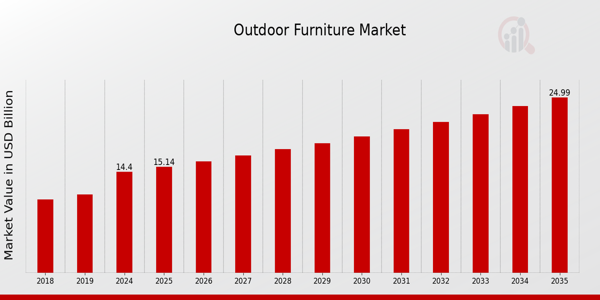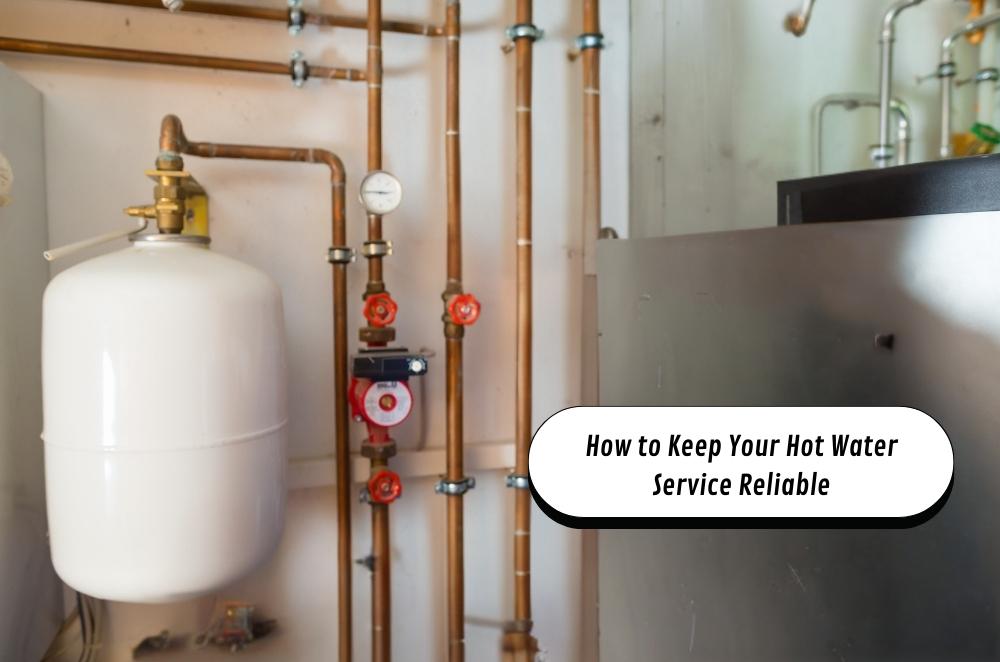Guide to Understanding Cap Rate in Real Estate Investing

When you're just getting started in real estate investing, you'll hear a lot of terms that might sound confusing at first. One of the most common—and most important—is "cap rate", short for capitalization rate. It’s a critical metric that investors use to evaluate income-producing properties. Understanding the cap rate can help you determine whether a property is a smart investment or a financial risk.
Let’s break down what it is, how it works, and how you can use it to make better investment decisions.
What is Cap Rate?
The cap rate is a simple formula used to estimate the return on investment (ROI) for a real estate property. It gives you a snapshot of how much profit you can expect from a property compared to its purchase price.
In short, it helps answer this question:
"If I bought this property in cash, what annual return would I earn?"
How to Calculate Cap Rate
The formula is straightforward:
Cap Rate = Net Operating Income (NOI) / Purchase Price
Here’s a quick explanation:
-
Net Operating Income (NOI): This is the income a property generates after subtracting operating expenses like maintenance, property taxes, and management fees—but before mortgage payments.
-
Purchase Price: This is the total cost of buying the property.
So, if a property generates $50,000 in annual NOI and costs $500,000, the cap rate is:
$50,000 ÷ $500,000 = 0.10 or 10%
This means you would earn a 10% return annually if you bought the property with cash.
Why Cap Rate Matters
The cap rate is important because it gives you a way to compare properties. A higher cap rate usually means higher potential returns, but it can also come with higher risks. A lower cap rate often suggests a more stable investment but with lower returns.
It's a useful tool for quickly analyzing whether a property is worth further investigation. While it shouldn't be the only metric you rely on, it’s a great place to start.
What Is a Good Cap Rate?
There’s no universal “good” cap rate. It depends on the market, location, and type of property. In general:
-
4% to 6% is typical in high-demand urban areas where properties are more stable but expensive.
-
7% to 10% might be found in suburban or developing areas.
-
10%+ could signal high risk or properties in less desirable locations.
Keep in mind that higher returns often come with higher risks. Always research the area and property before jumping to conclusions based solely on the cap rate.
Factors That Affect Cap Rate
Several factors can influence a property’s cap rate. These include:
-
Location: Properties in prime areas tend to have lower cap rates due to higher prices and lower risk.
-
Property Type: Commercial buildings usually have different cap rates than residential properties.
-
Market Trends: A rising market can compress cap rates, while a falling market can increase them.
-
Condition of Property: Newly renovated or well-maintained buildings may offer lower risk but also lower cap rates.
These factors should be part of your broader investment analysis.
Cap Rate vs. ROI
Cap rate and ROI (Return on Investment) are often confused, but they’re not the same.
-
Cap rate is based only on the property's income and price.
-
ROI takes into account your entire investment, including financing, down payment, and other costs.
Cap rate is useful for comparing properties quickly, while ROI gives you a fuller picture of profitability after factoring in how you finance the deal.
Limitations of Cap Rate
While cap rate is helpful, it does have its limits. It assumes the property is bought in cash and doesn’t account for financing or tax benefits. It also doesn’t consider future value increases, depreciation, or unexpected expenses.
Also, cap rate is just a snapshot in time. It doesn’t predict future income changes or market shifts.
That’s why it's best to use cap rate along with other metrics like cash-on-cash return, internal rate of return (IRR), and occupancy rates.
Using Cap Rate in Your Investment Strategy
If you’re looking to build a solid real estate portfolio, knowing how to use cap rate to your advantage is key.
Start by setting a target cap rate that aligns with your risk tolerance and investment goals. Then, compare multiple properties using that benchmark. Don’t just jump at a property with the highest cap rate—dig deeper to understand why it’s high. It might be a red flag.
Also, monitor how cap rates change over time in the markets you're interested in. A market with declining cap rates may signal increased competition and rising prices, while rising cap rates could indicate cooling interest or potential risks.
Final Thoughts
Understanding the cap rate can give you a big edge when investing in real estate. It’s a simple but powerful tool to evaluate property returns and make better financial decisions.
While it's not the only thing to consider, it's a great first step in filtering out properties that meet your goals. Combine it with thorough research and other financial tools, and you’ll be in a much better position to make smart investments.
Important Links
Tampines Street 94 Condo Site Plan
Tampines Street 94 Condo Price
How to Negotiate House Price Like a Pro
How to Analyze Real Estate Deals
Smart Real Estate Tips for Selling Your Home in a Slow Market
Tampines Street 94 Condo Location
Tampines Street 94 Condo Floor Plans
Tampines Street 94 Condo Location
Tampines Street 94 Condo Site Plan
Tampines Street 94 Condo Floor Plans








